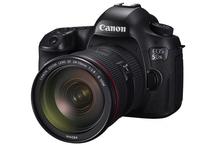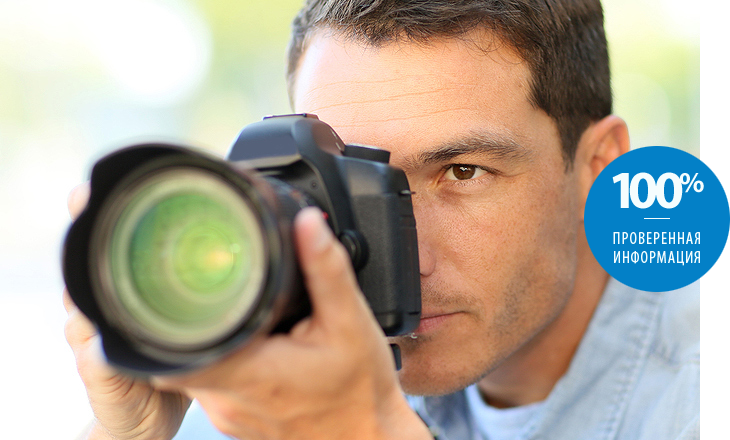
The market for SLR cameras is saturated. Although only five large companies are engaged in their release, each considers it his duty to release at least two or three new models in different price segments for the year. As a result, the consumer has to choose among dozens of models of SLR cameras. This is not so easy for a beginner amateur photographer, given that the technical parameters of DSLRs are constantly being improved, and the functionality is expanding more and more. However, the same several criteria as before are important for selection. What kind? Learn from our article.
Matrix size
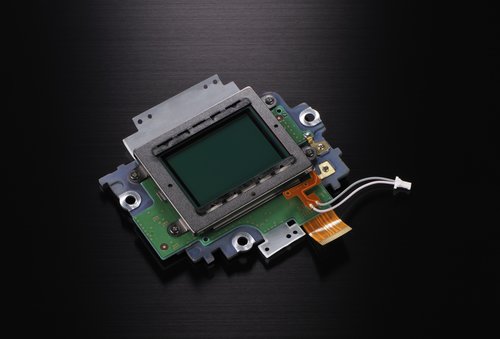
Photo: prophotos.ru
This is a key parameter for determining the price of the camera and the quality of future photographs (by default, we assume that the hands of the photographer grow where it should be). The matrix (sensor), to put it simply, is a special chip with photo sensors or pixels. In fact, this is an analogue of the film on which the image is drawn. It is clear that, other things being equal, the larger the matrix, the better the picture will be on it. The reference (full frame) size is 36 * 24 mm.
In modern mirrors, two types of sensors are used predominantly.
Sprinkled matrix
In inexpensive SLR cameras, sensors are used that are reduced in varying proportions with respect to the full-frame one. They can be compared with televisions with different screen diagonal. The proportion by which the full-frame matrix is reduced is called the crop factor. The quality of images on the trimmed sensor, of course, will be lower than the full frame, but not critical, since the maximum crop factor even on the most inexpensive models does not exceed 1.6, and this is much better than most digital cameras. Noises are noticeable at less high ISO than those of full-frame cameras, but for print amateur photos, this drawback is not significant. At the same time, the crooked matrix is much easier and much cheaper than the full-size one, which makes the camera more suitable for beginners.
Pros: The low cost of the camera and optics, low weight and size of the camera, inexpensive repair.
Minuses: not the highest picture quality.
Full frame
Full-frame matrix put on expensive semi-and professional cameras. She even with a relatively small resolution allows you to get realistic colors and high detail. Such a sensor makes it possible to raise the ISO without worrying about possible noise. Compared with the trimmed matrix, the focal length significantly increases and the depth of field decreases, the same Bokeh effect is more impressive. Minus full-frame cameras - the deterioration of sharpness and detail at the edges of the frame, due to the peculiarities of optics and photosensitive cells. The light at the periphery of the frame falls at an angle - hence the light aberrations.
Full frame cameras are mainly used by professional photographers, both because of the cost of cameras and optics for them, and because of the substantial size of the models. Carrying a two-kilogram unit is a pleasure below average and makes sense only if it pays off with hard cash.
Pros: high quality images.
Minuses: the high cost of the camera, the high cost of optics, large size, expensive repairs.
Resolution
Now in the midst of "the pursuit of pixels." Manufacturers even equip tiny smartphone cameras with a resolution of 20 or more megapixels. Meanwhile, there is no special sense in such characteristics: the quality of the photo depends more on the size of the matrix. If the sensor is tiny, then a large number of photodiodes can be placed on it only by reducing their size or compressing in space.Both of these methods, as you understand, do not contribute to improving the quality of the image. Hence the confusion of many users from the fact that the modern 16-megapixel device gives worse photos than the old 5-megapixel “soap box”.
At the same time, it cannot be said that the resolution does not matter at all for DSLRs. When printing pictures in large format or when viewed on an “advanced” screen (4K TV, for example), 12-14 megapixels may not be enough for a decent result. Therefore, it is better to choose a mirror camera with an eye on all possible options for its use.
Mount (bayonet)
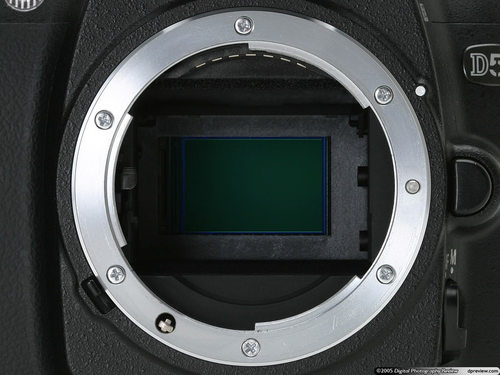
Each manufacturer uses its own lens mount in its cameras. Accordingly, when choosing a SLR camera, you need to immediately figure out the cost and range of possible upgrade optics. Canon and Nikon offer the widest selection, including low-cost authentic lenses. Slightly more expensive lenses are from Sony and Pentax. Leica offers premium optics. However, you can choose a third-party manufacturer that supports a large number of bayonet of various companies. The leading player in this market is the Japanese company Sigma, which produces optics for all of the above brands.
Moisture protection
The presence of waterproof housing - not the most important parameter. But some amateur photographers love to shoot in difficult conditions - somewhere in the woods, in the rain, with heavy fog ... If you are one of those people, be sure to get a camera with moisture protection. Typically, these models are endowed with a body made of magnesium alloy. And Pentax products are supplemented with a nice color.
It should be remembered that such SLR cameras are protected only from splashes. They can work in the rain, but no more. You should not lower similar devices under water - it will lead to fatal breakage. Also, some users forget that the lens attached to the camera may not have moisture protection. In this case, the water dripping from the sky is quite capable of getting inside the optics. It will not get into the camera, but then the optics will have to be repaired. Therefore, take care to purchase a waterproof lens if you want to shoot in difficult weather conditions without any consequences.
Videography
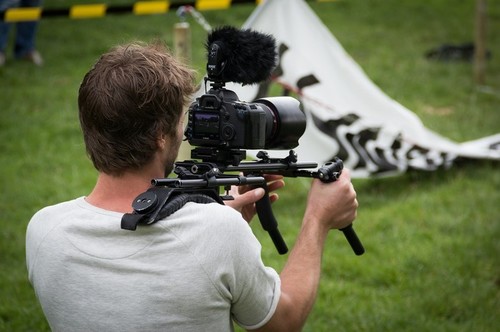
This function has two important parameters that determine the suitability of a camera for good video shooting: resolution and frame rate.
Normal HD is enough for shooting videos intended to be laid out in the social network. But if you want to show your creativity at least on a 24-inch TV, then think about cameras with a resolution of at least Full HD. On cameras worth under half a million rubles, there is a 4K video mode with a resolution of 4096 * 2160.
From the frame rate depends on the smoothness of the image. The minimum parameter suitable for more or less decent clips is 30 frames / s. But this is yesterday. A good level is 50-60 frames per second. There are cameras that support up to 124 frames / s, the cost is appropriate.
However, let's not forget that the SLR is designed primarily for photographing, so its video mode can not be compared with a professional camera.
Other functionality
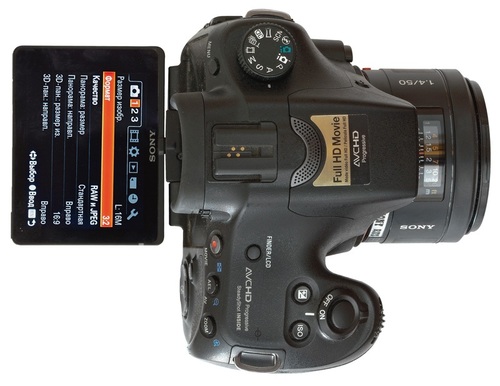
Photo: photostart.ru
Manufacturers are trying as far as possible to bring the SLR cameras to the usual digital with their widest functionality. Of course, due to the high power consumption of the "side" functions, not everything can be implemented in such large devices as DSLRs, but many of the "chips" are completely accustomed. For example, touch and swivel screens, wi-fi, waterproof case. HDR mode has become popular, when two or more frames with different exposure parameters are combined into one - this is convenient when shooting in low light or bright backlight.
Most Popular Manufacturers
Canon
The Japanese company Canon has been producing cameras since 1937. Now in Russia more than 20 models of SLR cameras of this company are sold.The assembly is predominantly Chinese, Taiwanese, and Malaysian, although most of the components are made in Japan. Price spread: from 20,000 to 500,000 rubles.
Nikon
Nikon is considered the main competitor of Canon in the segment of SLR cameras (including price). This company was founded in 1917. The greatest money for him for a long time brought the production of lenses. Now it is one of the leaders in the production of SLR cameras. About 15 models are currently imported into the Russian Federation (assembly - Japan, Thailand, China).
Sony
The Japanese company Sony began to manufacture cameras with the advent of the digital era after the absorption of the then known Konica Minolta. At the same time we were talking about the production of DSLRs. At first they were considered “poor relatives” on the world market for such cameras. However, the latest models (there are only four of them on the market of the Russian Federation) have tightly entered the top of the best - both in manufacturing quality and in innovation and functionality.
Pentax
The history of Pentax cameras began in 1952. Now the manufacturer belongs to the company Ricoh. In terms of the range and market share of Pentax SLR cameras, it is inferior to the “big three”, 7 models are now represented in Russia. And they are, rather, to the premium technology.
